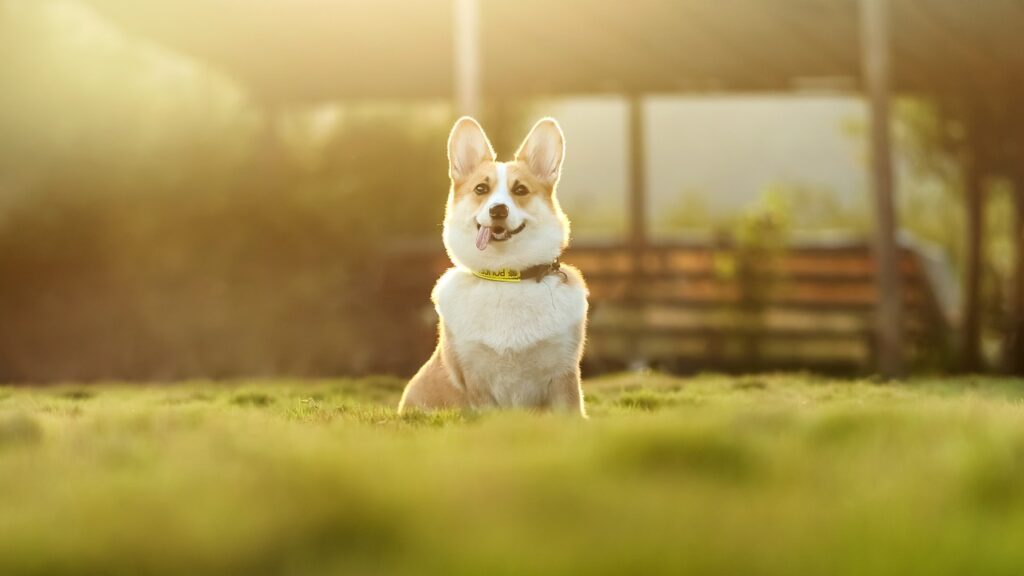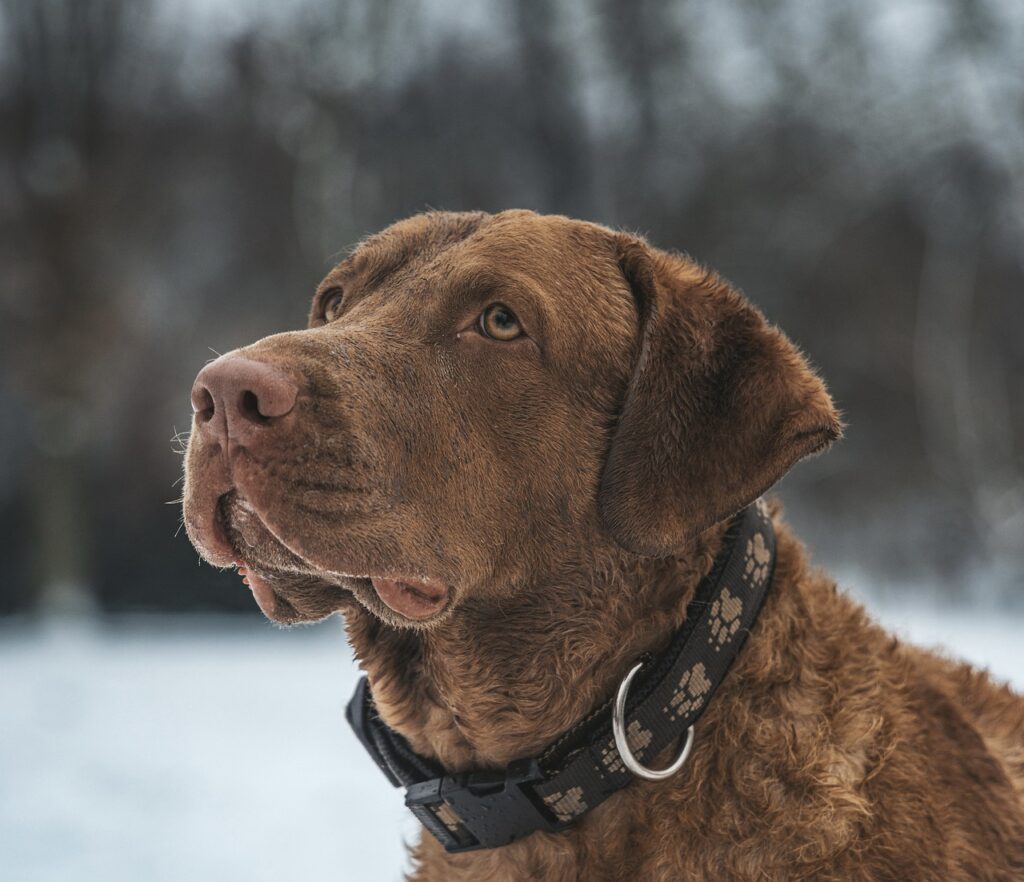For centuries, humans and dogs have shared a bond that is like no other. Today, we’re going to dive deep into the behaviors and communications of our canine companions to truly understand what’s going on in their minds.
The Evolution of Canine Companionship
Wolves to Woofs
Our canine companions didn’t start as the domesticated pets we know today. Originating from wolves, dogs have undergone a tremendous transformation. The shift from being wild predators to becoming human’s cuddly pals is a journey that’s both fascinating and intriguing. Over the years, through selective breeding and domestication, they’ve become beings that resonate deeply with our emotions.
The Bond that Binds
Dogs and humans have a history that’s intricately woven over thousands of years. Fossil records are testimony to the fact that our ancestors had dogs by their side, aiding in hunting and providing companionship. Just imagine the primitive man, sitting by a fire, with a faithful dog beside him – both relying on each other for survival and companionship in a challenging world.
Communication Through Ages
Words might not be their strength, but dogs have never been behind in expressing themselves. Whether it’s the tilt of their head, the wag of their tail, or their vocal barks and howls, every gesture and sound they make is a window into their thoughts and feelings.
Domestication and Its Impact
As dogs grew closer to humans, their ability to understand and resonate with human emotions became unparalleled. The deep bond formed through domestication has led to dogs being incredibly attuned to our emotions, often even before we recognize them ourselves. They truly are our emotional mirrors.
Decoding the Doggy Demeanor
Tail Wagging Tales
Tail wagging is an art, and every movement tells a different story. While a wag to the right often spells happiness and contentment, a wag to the left might indicate a more anxious or nervous feeling. And if you see a high, stiff wag? It’s time to ensure everything’s okay as your furry friend might be feeling threatened.
Barking Up the Right Tree
A dog’s bark can convey a spectrum of emotions. From alerting about a potential intruder to voicing displeasure at not getting their favorite treat, understanding the tone and frequency can provide valuable insights into what they’re trying to say.
Eyes That Speak Volumes
Those deep, soulful eyes are a treasure trove of emotions. From the mischievous glint asking for your sandwich to the wide-eyed look of surprise, they communicate more than words ever can. Always trust a dog’s eyes – they never lie.
The Dance of the Ears
Dogs’ ears are like antennas, always tuned into the frequencies around them. From perking up at the sound of a treat bag to laying flat in submission or fear, they play a significant role in their communication arsenal.
The Power of Paws and Posture
Posture and Position
A dog’s posture can provide vast insights into its emotional state. From the relaxed lounging that spells contentment to a more guarded stance indicating alertness or defensiveness, their body language speaks volumes.
Paws and Play
Ever noticed your dog’s playful slap with their paw or the gentle placement of their paw on your lap? These aren’t just random gestures. They’re a medium of expression, whether it’s to initiate play or simply seek some warmth and affection.
Rolling and Romping
A dog rolling over might be asking for some delightful belly rubs or showing submission. Meanwhile, the happy romps and jumps often translate to sheer joy and excitement. They’re in the moment, and they want you to be a part of it!
The Nuzzle and Nose
The world for a dog is full of scents, and their nose is their guide. Whether it’s the gentle nuzzling against your hand or the incessant sniffing around the house, they’re always on a quest to gather more information or perhaps find that elusive treat you’ve hidden away.
Voices and Vocalizations
Woofs and Whines
While barks are a significant part of their vocal expressions, dogs have a rich tapestry of sounds. A soft whine might be a call for attention or indicate discomfort, while a loud, insistent bark could be a protective alert.
Howls and Hums
The hauntingly beautiful howl could be a throwback to their ancestral calls or a simple response to external stimuli like sirens. And when they hum, it’s pure contentment – much like a cat’s purr.
Growls and Groans
Growling can be multifaceted. It can be playful during a tug-of-war game, a warning, or a sign of discomfort. Groans, especially when they find that comfy spot on the couch, are pure bliss.
Chattering and Chirps
Teeth chattering can often be a sign of excitement or cold. And the occasional chirps, especially on seeing their favorite toy or a squirrel, are pure, unadulterated excitement.
Context Matters: Situational Behavior
Home Sweet Home
Within the safety of the home, dogs have their unique behaviors. Whether it’s the zoomies after a bath or the sulky corner time post a scolding, they wear their hearts on their furry sleeves.
The Great Outdoors
Stepping out with your canine friend is like opening a treasure chest of behaviors. From the pulling on the leash to explore every nook and corner to the excited tippy taps on seeing a fellow furry pal, every moment is an adventure for them.
Meet and Greet
Meeting other dogs or humans can vary widely based on their personality and past experiences. Some might be overtly friendly, wiggling their way into new friendships, while others might be more reserved, taking their time to warm up.
The Vet’s Office
This is a challenging space for many. From the apprehensive tail tucks to the desperate pleas to head back home, it’s a mix of emotions. But post the visit, the relief and the post-checkup treats make it all worth it.
By understanding the multifaceted ways dogs communicate, we can deepen our bond and ensure their well-being. So, the next time your furry friend does something, take a moment to ponder – what are they trying to tell you?



